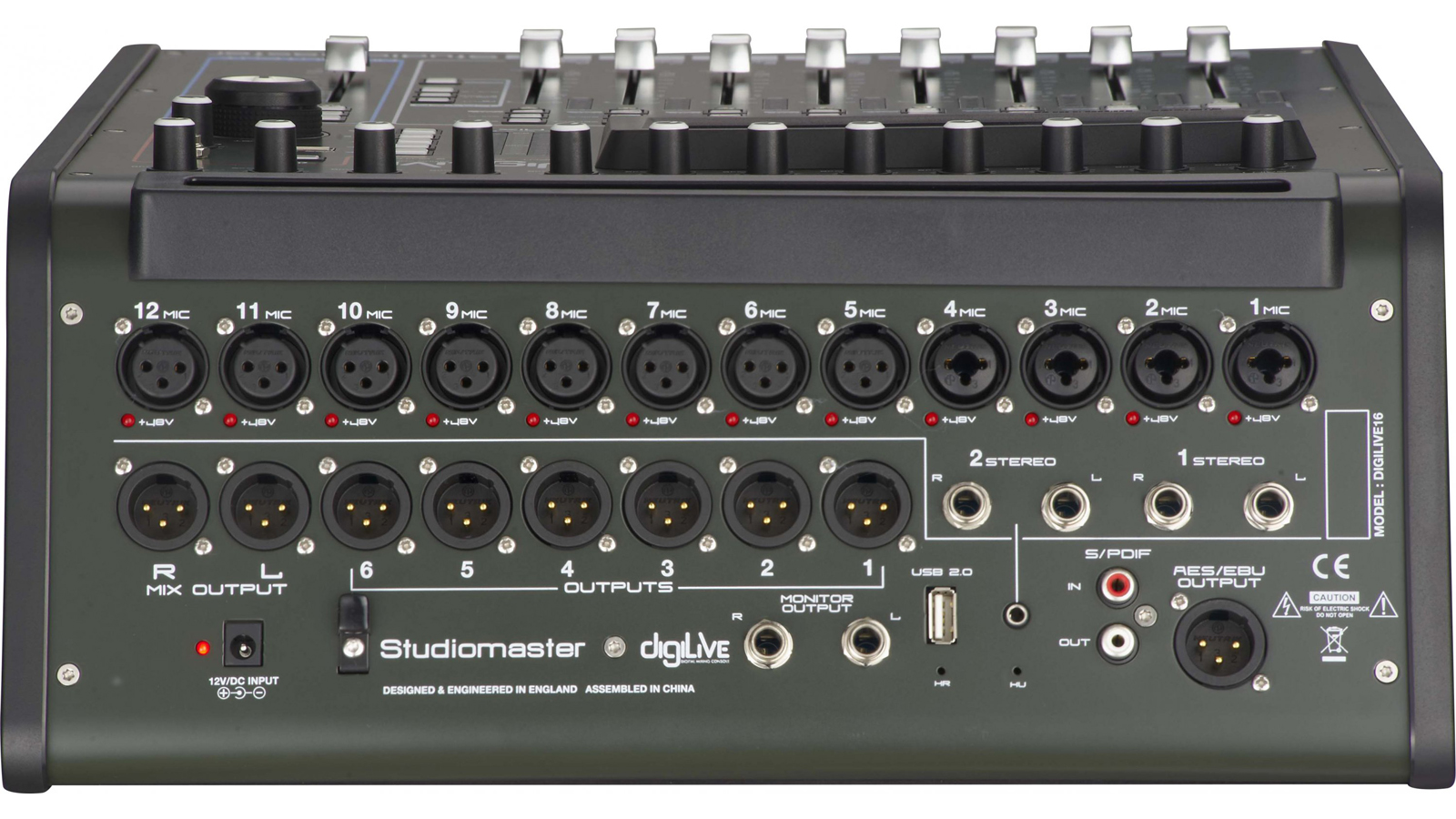

The fader on the channel usually feeds the master fader by default (this assignment can be changed, more on that later) and the master fader controls the output to the loudspeakers.Īssuming the master fader is at a reasonable level, the mix of sounds you hear is controlled by the relative levels of the channel strip faders (push up the fader on the guitar channel if you want more of that, pull down the fader keyboard if you want less of that). The Dolby Atmos protocol even incorporates height controls in panning, creating a sonic landscape that is all encompassing for cinematic, gaming and musical experience.įaders control the output a channel strip and thus have to be pushed up for a sound to be heard.

With 5.1 surround sound, not only are there the stereo left and right options, there is also middle, back left and right and a subwoofer. In cinema world, the sonic elements are designed to be even more immersive. In DAWs, automating panning is a breeze, so creating movement of differing extremes across the stereo field can build a sense of dynamism in a mix that is thick with sonic layers. Higher pitched and smaller sounds take on intriguing new characters when placed judiciously throughout the stereo spectrum. The theory being that the kick drum and the bass guitar for example create a solid foundation on which the mix can be built and thus are apt to perceived right in the middle.įor other more ethereal mix elements, panning preferences tend to be more subjective. It would have less presence and would definitely lose its place atop the hierarchy of sounds working together to capture your attention.Īnother accepted rule-of-thumb is to place the bassier, grounding elements in a mix in the middle too. Imagine how disconcerting it would be to find a lead vocal panned to the right of a mix. In rock and pop mixes it’s safe to assume that the more important the sound is, the more likely it is to find itself in the middle of the stereo field. Having a left and right channel working independently means that different sounds can be assigned throughout the field, opening up space within a mix of sounds for exciting elements to shine through.
#Importance of a stereo master fader movie
Unless you fundamentally adhere to 1950s recording techniques, or haven’t updated your recorded collection since the middle of the last century, you’re bound to have experienced music in stereo – in headphones, hifi systems, car sound systems, televisions, movie theatres and more. In this final instalment of our exploration of the channel strip, we’ll look at how panning plays a significant role in creating space in a mix, how faders can be manipulated, subgroups and the all important master fader.

That’s not to say that they can’t be clever – there is scarcely another facet in the art of mixing that requires the nuance and skill called upon to operate a fader. Like the auxiliary section, the pan pots and fader don’t sculpt the tone as such – they are simply ways to route the sound.


 0 kommentar(er)
0 kommentar(er)
